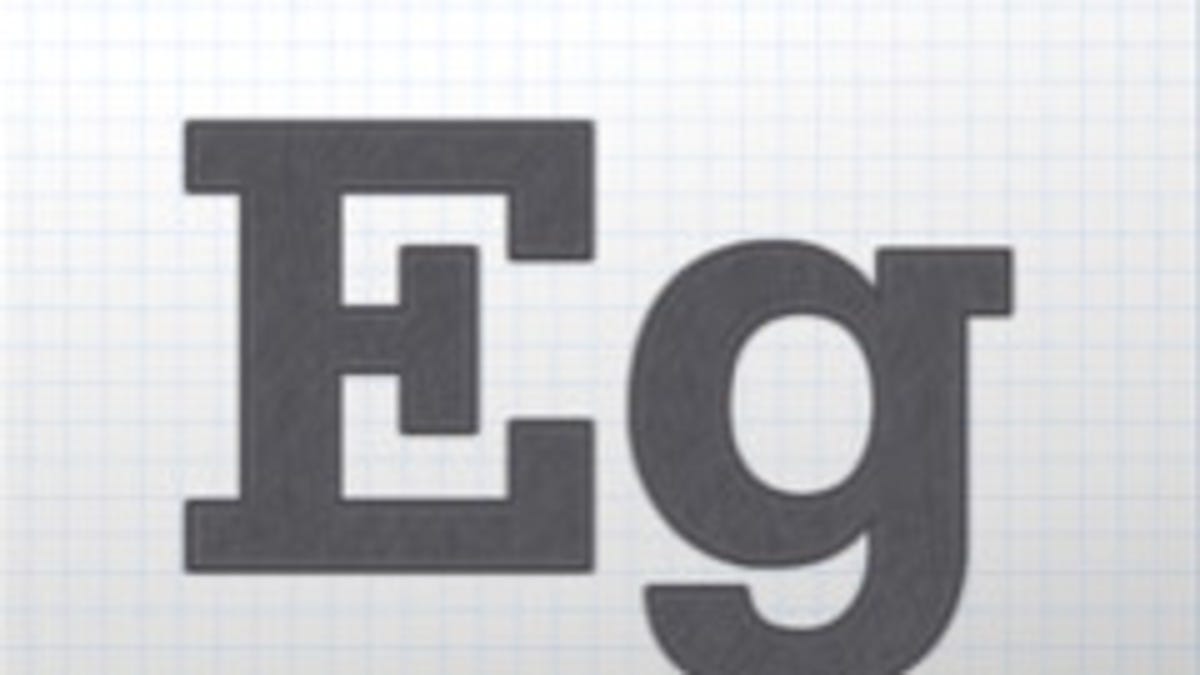Adobe dives into HTML with new Edge software
The maker of Flash is embracing Web standards, too, with the public preview release of Edge, a tool for making dynamic, interactive Web sites.

Adobe Systems has dipped its toes in the HTML5 pool, but starting today it's taking the plunge with the public preview release of software called Edge.
For years, the company's answer to doing fancy things on the Web was Flash Player, a browser plug-in installed nearly universally on computers for its ability to play animated games, stream video, and level the differences among browsers.
But allies including Opera, Mozilla, Apple, Google, and eventually even Microsoft began to advance what could be done with Web standards. The three big ones here are HTML (Hypertext Markup Language for describing Web pages), CSS (Cascading Style Sheets for formatting and now animation effects), and JavaScript (the programming language used for Web apps).
Notably, these new standards worked on new smartphones when Flash either wasn't available, ran sluggishly, or was barred outright in the case of iPhones and iPads. Adobe is working hard to keep Flash relevant for three big areas--gaming, advanced online video, and business apps--but with Edge, it's got a better answer to critics who say Adobe is living in the past.
"What we've seen happening is HTML is getting much richer. We're seeing more workflow previously reserved for Flash being done with Web standards," said Devin Fernandez, product manager of Adobe's Web Pro group.
The public preview release is just the beginning for Edge. It lets people add animation effects to Web pages, chiefly with CSS controlled by JavaScript. For example, when a person loads a Web page designed with Edge, text and graphics elements gradually slide into view.
It all can be done today with programming experience, but Adobe aims to make it easier for the design crowd used to controlling how events take place by using a timeline that triggers various actions.
As new versions arrive, more features will be added, and Adobe plans to begin selling the finished version of Edge in 2012.
"[For] the first public preview release, we focused on animation," Fernandez said. "Over the public preview period, we'll be adding additional functionality. We'll be incorporating feedback from the community, taking those requests into account."
The Edge preview product now is available at the Adobe Labs site. Adobe showed an early look at Edge in June.
What exactly is next in the pipeline? Adobe has a number of features in mind, including the addition of video and audio elements alongside the SVG, PNG, GIF, and JPEG graphics it can handle now.
Other items on the to-do list:
• More shapes than just rectangles and rounded-corner rectangles.
• Actions that are triggered by events.
• Support for Canvas, an HTML5 standard for 2D drawing surface for graphics, in particular combined with SVG animation. (Note that Adobe began the SVG effort while before it acquired Macromedia, whose Flash technology was a rival to SVG.)
"We still have a lot of features we have not implemented," said Mark Anders, an Adobe fellow working on Edge.
The software integrates with Dreamweaver, Adobe's Web design software package, or other Web tools. It integrates its actions with the Web page so that Edge designers can marry their additions with the other programming work.
The software itself has a WebKit-based browser whose window is prominent in the center of the user interface. A timeline below lets designers set events, copy and paste effects to different objects, and make other scheduling changes.
Adobe, probably not happy with being a punching bag for Apple fans who disliked Flash, seems eager to be able to show off Edge to counter critics' complaints. The company will have to overcome skepticism and educate the market that it's serious, but real software beats keynote comments any day.
Anders, who before Edge worked on Flash programming tools and led work on Microsoft's .Net Framework, is embracing the new ethos.
"In the the last 15 years, if you looked at a Web page and saw this, you would say that is Flash because Flash is the only thing that can do that. That is not true today," Anders said. "You can use HTML and the new capabilities of CSS to do this really amazing stuff."

